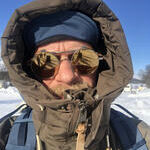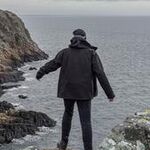I am planning a longer trip in Sarek and I am hoping to include a few summit trips if weather permits. I am looking for any information on the following summits:
- 1. Bulkas from Luohttolahko: I have not found anything about this here on utisdan, however based on the map it seems like it should be possible. From Svenonius one can get there via peak 1780 without any very steep or exposed section, at least that is what the map tells me. One should have amazing views of Njoatsosvagge from up there...
- 2. Kanalberget from the South: I have seen descriptions of how to climb this peak from the south, but have not heard of any attempts from the north. Would this be possible? Also, has anyone been at lake 1410? It looks very interesting on the map so I would like to check it out.
- 3. Axel Hambergs Topp: I think the standard way to climb this peak is via the northern ridge. Would it be possible to round the mountain from the South via lake 1420 and the ascent via the eastern ridge? I suspect this not to be possible based on the terrain around there, but it is worth a thought.







